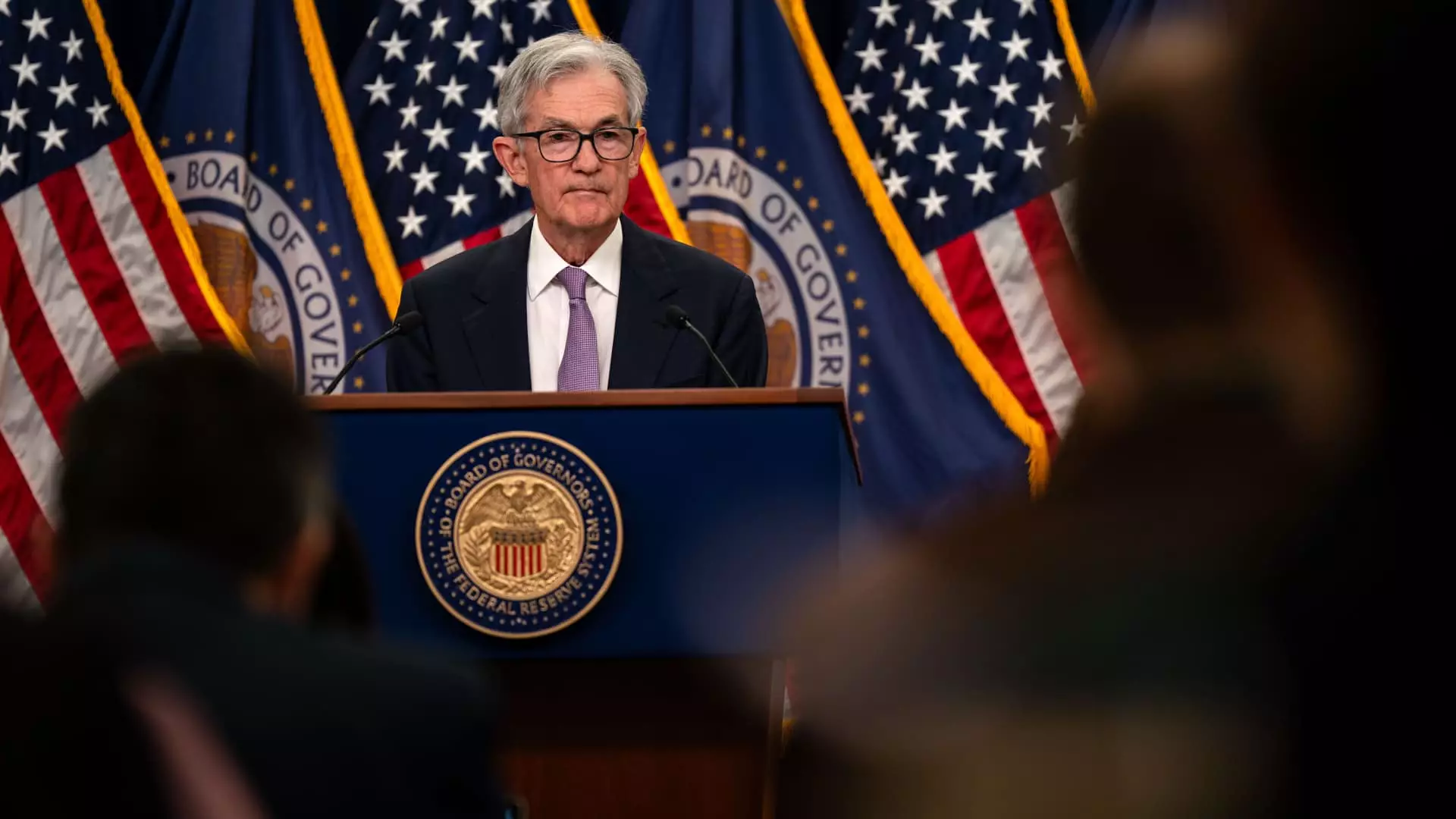The ongoing discussions surrounding monetary policy reveal a complex intersection of economic indicators and political uncertainty. The Federal Reserve’s recent deliberations highlight their concerns about inflation and the implications of incoming political leadership. Particularly, the minutes from the December Federal Open Market Committee (FOMC) meeting unveil a cautious approach shaped by the unpredictability surrounding the forthcoming Trump administration’s policies, thereby leading to a more measured stance on interest rate cuts.
Federal Reserve officials have recognized growing pressures from inflationary trends over the past year. The latest inflation figures, notably a core inflation rate of 2.4% in November, are well above the Fed’s target of 2%. Despite forecasting a long trajectory toward stabilizing these numbers, with predictions not settling until 2027, many FOMC members believe the short-term risks skew toward the upside. Without directly attributing their concerns to President-elect Trump’s policy agenda, the minutes reflect a palpable nervousness regarding changes in trade and immigration policies, which could significantly alter economic dynamics.
The essence of the Fed’s caution can be traced to the anticipated repercussions of Trump’s proposed trade tariff strategy. His promises to impose punitive measures against countries like China, Mexico, and Canada could create ripple effects throughout the economy, influencing everything from consumer prices to business investments. With the atmosphere thick with uncertainty, the Fed’s strategy of slow interest rate cuts springs from a desire to observe how these potential policies might unfold and what their impacts could be on inflation and overall economic growth.
Gradual Monetary Policy Adjustments
The FOMC decision to lower the benchmark borrowing rate to a target range of 4.25% to 4.5% seems decisive yet measured in nature. However, the newly revised outlook for future cuts takes a more conservative approach than previous estimates. This shift, reducing anticipated cuts from four to two by 2025, indicates a judicious evaluation of current economic conditions rather than a hasty response to inflation. The emphasis on a cautious pace is further reinforced by a collective viewpoint that acknowledges the current stance of monetary policy as being significantly closer to neutrality compared to prior months.
As various economic metrics such as consumer spending and labor market stability suggest sound growth, the need for a strategic pause becomes apparent. FOMC members’ discussions point toward the importance of not only acknowledging immediate data but also understanding how ongoing monetary decisions resonate within the broader economic framework. They see themselves at a juncture where further easing is feasible but that a careful analysis of the economy’s adjustments to previous policy actions is warranted.
The summation of the Fed’s current atmosphere reflects an overarching sentiment of caution due to numerous variables coming together in the economic landscape. The solid pace of GDP growth through 2024 indicates resilience, but the underlying inflation pressures create a dual reality where actions need to be aligned more with potential risks than immediate gains. The participants’ perception that they might be at or near a neutral policy stance allows them to scrutinize the unfolding economic situation without rushing into abrupt policy shifts.
Moreover, the discussion around expectations, particularly within the “dot plot” of members’ rate forecasts, showcases an understanding that future monetary policies will rely heavily on real-time data evaluations rather than preordained commitments. While most variables suggest possible downward shifts in inflation metrics, the foreseen trajectory includes significant uncertainty influenced by external factors such as geopolitical developments and trade negotiations.
Ultimately, Fed Chair Jerome Powell’s analogy of navigating through a foggy night aptly captures their current approach. The FOMC is aware that moving forward requires precision; halting progress to reassess developments allows for a more informed set of decisions in the wake of unpredictability. This gradual methodology marks a strategic pivot not just during a transitional political period, but also in a broader economic context defined by mounting complexities.
The cautious language reflected in the December FOMC minutes underscores the Fed’s strategic intention to navigate through clouded waters with careful consideration. As they prepare for potential shifts wrought by new administrative policies, maintaining a steady, observant approach to interest rates could be central to ensuring sustained economic stability. Preparing for uncertainty is crucial; thus, the Fed’s tempered pace might very well be the prudent course as it seeks to harmonize inflation controls with a burgeoning U.S. economy.

Leave a Reply